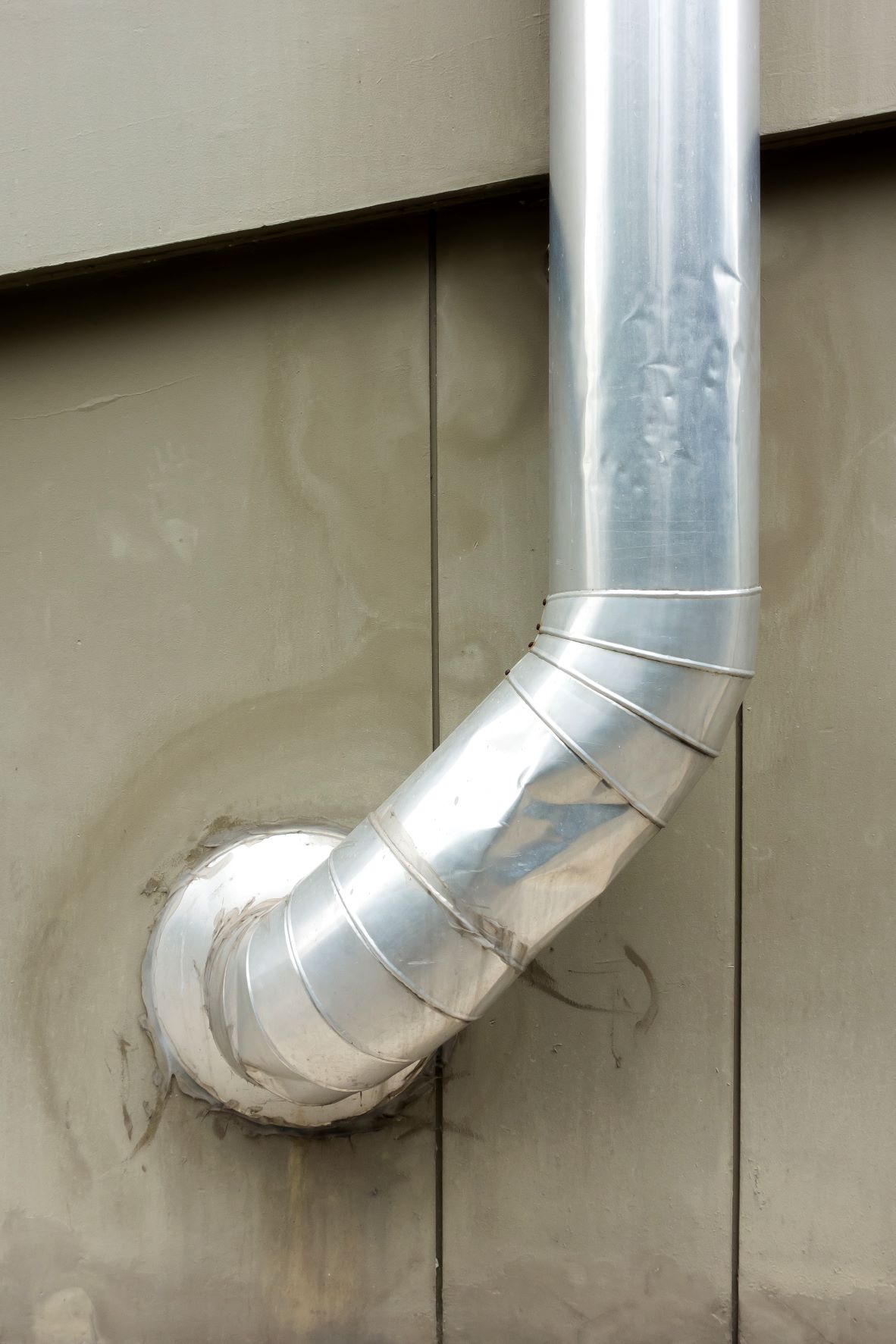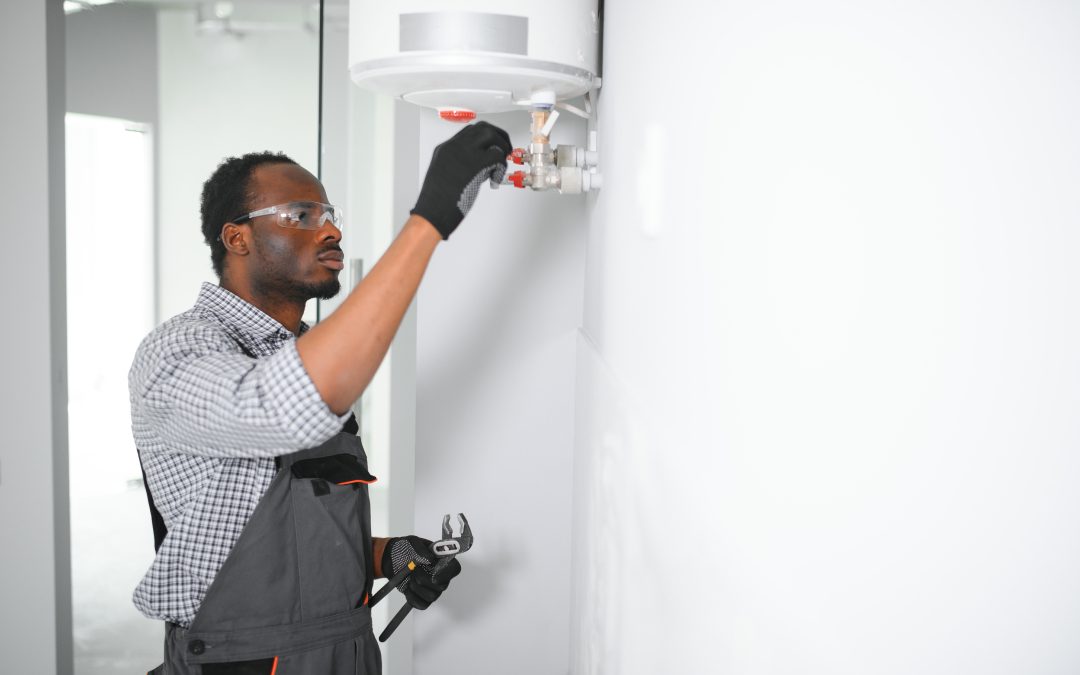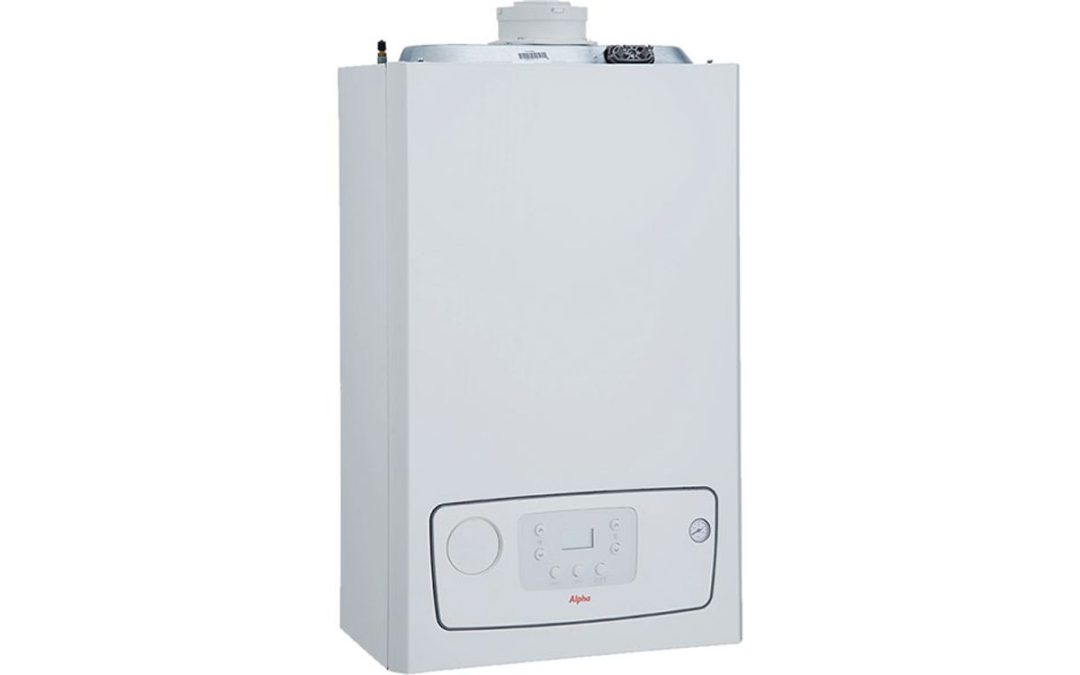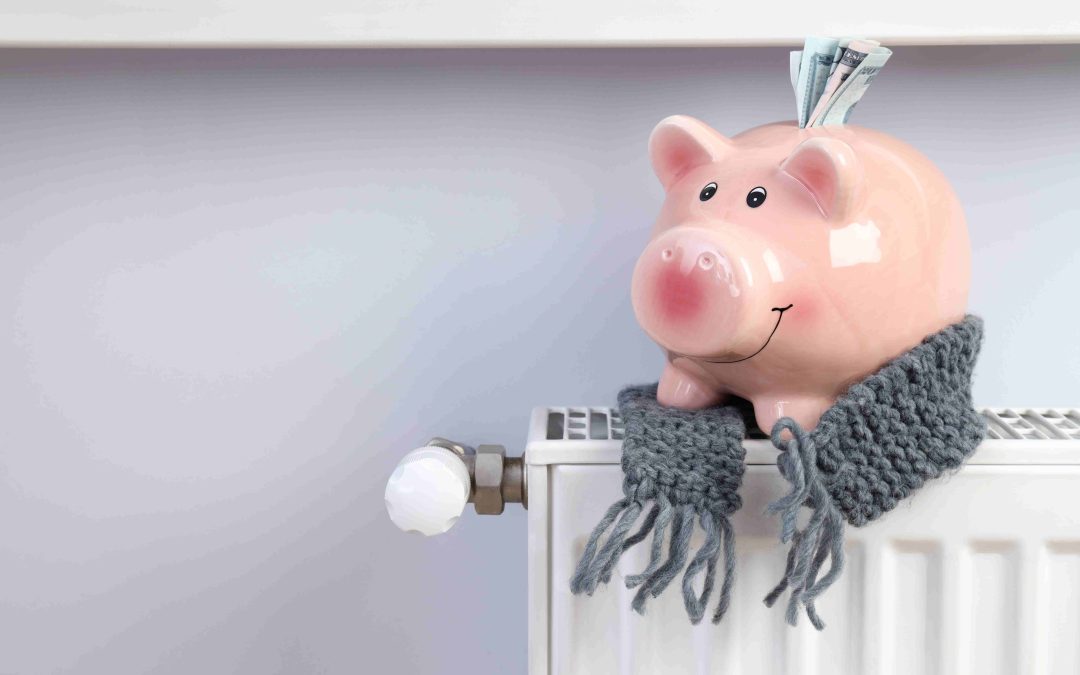Here we look at the importance of a boiler flue and some of the Intergas flue options. When thinking about boiler parts, flue options are probably not something what springs to mind first or even second. Flue’s are not among the most expensive, common, or messy parts to fail, and there’s only so much a flue can fail at all. After all, it’s a plastic vent that sticks out the wall.
But a boiler needs a flue just like a car needs an exhaust, and when a flue isn’t doing its job properly, it can be dangerous and potentially fatal. That’s why you need the right one for your boiler, and why you must get your boiler and flue system fitted by a qualified engineer, companies like Intergas offer options to help your engineer choose the correct flue system for your specific needs. Intergas flue options could be the difference whether you choose Intergas boilers or not.
Why does a boiler need a flue?
Whenever something is burnt to provide warmth or act as fuel, it produces carbon dioxide that can’t be left to simply build up in the home and needs to be carried away into the open air where it can dissipate. In the case of burning gas in your boiler, carbon monoxide is the biggest potential harm factor. Carbon monoxide is produced when carbon dioxide is re-burnt, often a by-product of an inefficient or under ventilated boiler, this can often be traced back to poor flue installations.
Modern boilers also produce water vapour as a result of working very efficiently, so therefore they need a condense drain attached to the boiler to take away the condense produced by the boiler.
Carbon monoxide is odourless and colourless, so it’s vital that boilers have proper ventilation as CO is poisonous and prolonged exposure to it can be fatal.
The flue not only expels the burnt gasses it also provides air intake for the boiler to achieve correct ventilation and combustion levels.
Can you use an existing flue with a new boiler?
Replacing a boiler should always mean replacing the flue. even if the flue is a like for like swap it is always advised to change at the time of install.
This is required by building regulations and often the manufacturer’s specifications. Over time, the flue’s seals can degrade and perish, making the reuse of an old flue a big risk. This is a very good reason to get your boiler annually serviced so these things can be checked.
Your current flue setup also may no longer be legal, and for that reason you’d need a new flue installed in a compliant location.
Different Intergas Flue Options
Intergas boilers have a welcome place in many homes and they offer a selection of flue types, depending on what is needed.
Concentric Flue System
This flue, suitable for Intergas HRE and Eco RF boilers, uses what appears to be a single pipe but is actually a duct inside another duct. This flue is more compact and makes use of the same physical space to expel gases while drawing in air.
Twin Flue System
This flue system uses two separate pipes for where the concentric system is unusable. One pipe handles the drawing away of waste gas whilst the other exclusively draws fresh air for combustion. This system is somewhat more versatile as the two pipes can be configured differently as needed, so long as the Gas Safe Registered installer ensures it is compliant with building regulations.
Though not an Intergas flue option itself, a plume management kit also exists for correcting problems with negative pressure areas causing water vapour to re-enter the boiler via the air intake.
New boiler installations
Bumblebee Plumbing & Heating have enjoyed excellent ratings and awards for our work installing new boilers in the North West. To ensure that your boiler is installed with the perfect flue, use our instant boiler quote tool to get started and we’ll handle the rest.
Alternatively, get in touch with us today.




